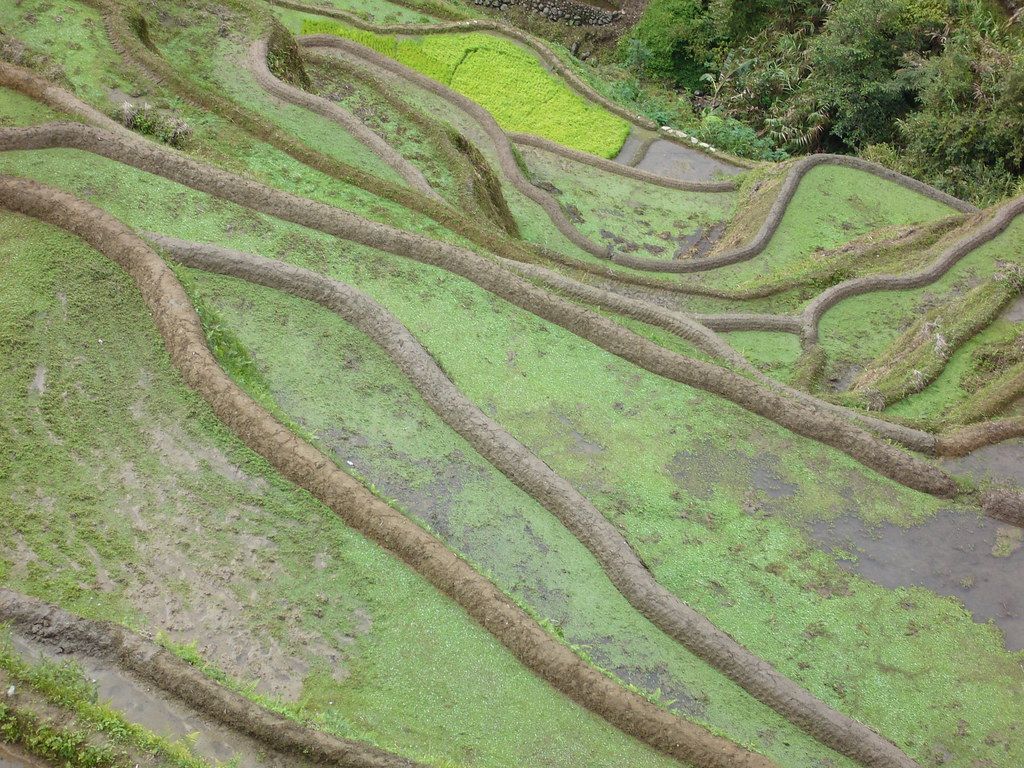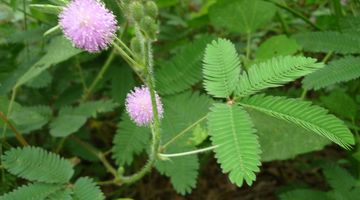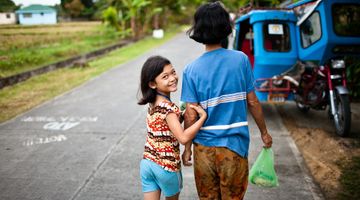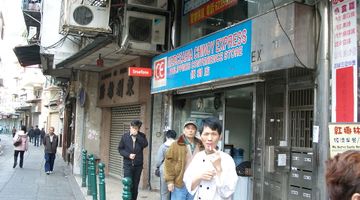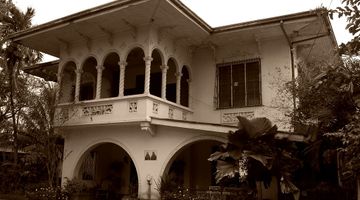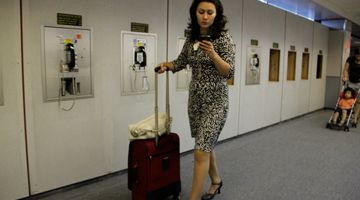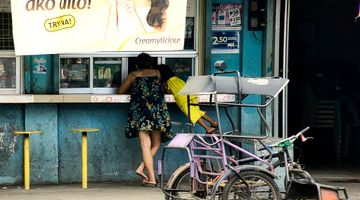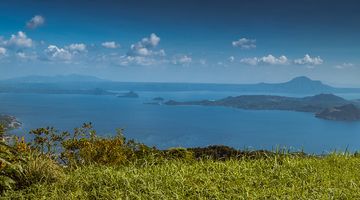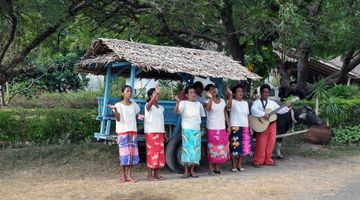Banaue Travel Guide
In a nutshell
Enveloped by glossy, greens in every shade, the rice terraces of Banaue call out to all travellers who long for open spaces, simple pleasures and rich cultural heritage.
Why go to Banaue
Affectionately dubbed as “Stairways to the Sky” the World Heritage listed rice terraces leave visitors with jaws agape, eyes wide open and necks craning in every direction in a desperate attempt to soak it all in. This 2000 year old, Eighth Wonder of the World is not to be missed and definitely *the main reason that travellers flock to Banaue. The beauty of the glistening terraces, hand-carved onto the steep Cordillera Mountain range, staggers the imagination and ensures that the winding journey on bumpy, unpaved roads is well worthwhile.
The traditional tribes people that reside in the towns clinging to the terraced cliffs, are yet another reason to visit. Hospitable, friendly and genuine they allow visitors to peek into their daily, colourful lives; and experience authentic Filipino culture first-hand.
Being a small, countryside village, Banaue offers world-class trekking, simple living and a genuine charm that has yet to be affected by tourism. Culture submersion is effortless and the kind-hearted locals enrich the traditions and customs that travellers can witness directly.
Not only are the views unparalleled and the people wonderful, but travelling Banaue is also very affordable. Local cuisine and the basic accommodation on offer are extremely well priced and visitors can expect their spending money to stretch pretty far in this spectacular city in the Ifugao province of Northern Luzon.
When to go to Banaue
The ideal times to visit Banaue depends on what you are expecting to see. Arguably the best time for most travellers would be from June to September as this is when the terraces are at their greenest. October to November is harvest season and when the fields are a rich golden colour. July to August is rainy season and prone to mudslides and problematic roads.
Where to stay in Banaue
Being a rural, simple corner of the world, Banaue’s accommodation options are largely simple, comfortable and basic. But what you forego in luxury, will be made up for in exquisite views, fresh air and serene tranquillity at most all lodging options.
Cosy homestays, inns, guesthouses and lodges are one’s most common choices. Something to keep in mind when travelling Banaue is that most of the rooms in guesthouses have zero plug sockets. One is however, able to charge one’s electrical devices in common areas or the reception of the inns and guesthouses.
Free wifi, sun terraces with outstanding views and tasty local food fortunately, seem to be the order of the day at the majority of the accommodation options. Additionally many of the lodges are situated very nearby to the rice terraces that drew you and your backpack here in the first place. Ramon’s Native Homestay in Batad (30 minutes from Banaue) also offers a unique sleeping option for the curious and adventurous – Native Ifugao Huts.
Where to eat in Banaue
Most lodges in Banaue also serve delicious, local food although because of Banaue’s sleepy-town nature, it’s best to order dinner before 9pm to avoid the inevitable early closing of most restaurants.
Local dishes are mostly rice based and are generally affordable. An appetising, filling meal costs between 80PHP and 160PHP. Although a few Western meal options are on offer at most restaurants, they are generally not as tasty as the local dishes and also not as budget friendly.
Bearing in mind that the evenings in high-up Banaue can get chilly, the local rice wine, natively grown and made in the world-renowned terraces has been keeping the Ifugao rice farmers warm and toasty for centuries. Called Tapuy, this rice wine is full-bodied, sweet and high in alcohol content. Visitors of Banaue are invited to sample this unique drink that is rich in culture and tradition. Buying a bottle to take home is also an excellent memento or souvenir.
How to get around Banaue
Much like most of the Philippines, the best way to travel around Banaue is in a jeepney – a metallic fusion of jeep and bus, these relics from WW2 are famous for their kitschy décor and crowded seating arrangements.
Another common mode of transport is via tricycles - small motorbikes with an attached side car for passengers.
Private vans are also on offer for those who want to splash a bit more cash or who are travelling in larger groups.
However, despite all the creative and unique vehicle options, the majority of Banaue is best witnessed by trekking with one’s own mud-encrusted hiking shoes. Many of the best viewpoints are not on any roads and hiking to these beautiful spots is essential.
How to get to and from Banaue
Due to no airport, getting into Banaue via air travel is simply not an option and therefore day buses and overnight buses are the best means of entering the sparkling, green oasis.
However, if one flew into Cauayan, the nearest city with an airport, taking a 3 hour bus or van ride south to Bagabag followed by another 3 hour jeepney or bus ride to Banaue would be an option, although perhaps not a highly preferable one.
Taking an overnight bus from Manila is possible with the Ohayami Trans bus which leaves at 10pm in low-season and 9pm in high-season. The fare for each way is about 470PHP and is scheduled to arrive at 7am the following day. It’s advisable to prebook your ticket on the Ohayami website as busses tend to get full especially during high-season.
Should you prefer a scenic day trip direct to Banaue, this can be achieved via GV Florida Transport with a single-journey fare of 550PHP. Travelling in a private car with a hired driver is also a possible, although far more pricey, means of travelling to Banaue from Manila.
With Sagada being a province away, many travellers combine the two destinations. One will first need to take a 1-hour public jeepney from Sagade to Bontoc for around 50PHP. The jeepney tends to leave every 30 minutes from 6:30am to 9am. From 9am to 1pm it leaves Sagada on the hour. Once arrived in Bontoc, grab your bags and hop into a van for around 170PHP which should get you to Banaue in under 3 hours. The van leaves the tourism office three times daily: 8:30am, 10am and 1pm.
Is Banaue a safe place to visit?
Due to Banaue being a simple village town with friendly locals, results in travellers feeling incredibly safe while exploring this city. However, it is advisable to be on the lookout for local people getting onto the buses just before arriving into Banaue. They may insist on seeing your ticket and thereafter put travellers onto “free” rides into town. In this way unknowing tourists fall victim to feeling forced to stay in a specific accommodation that these tricksters earn commission from. Fortunately this event is perhaps more inconvenient and annoying than dangerous.
Two other things to take into account when in Banaue, the lighting at night is especially poor and bringing a torch along is recommended. There are also no ATMS, so be sure to bring along sufficient pesos.

